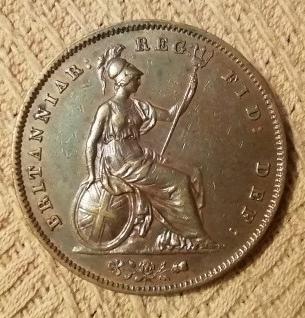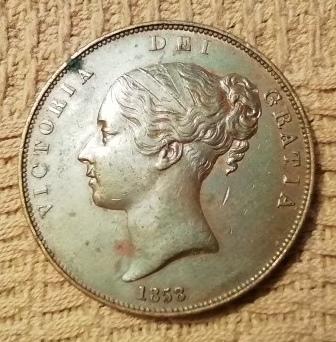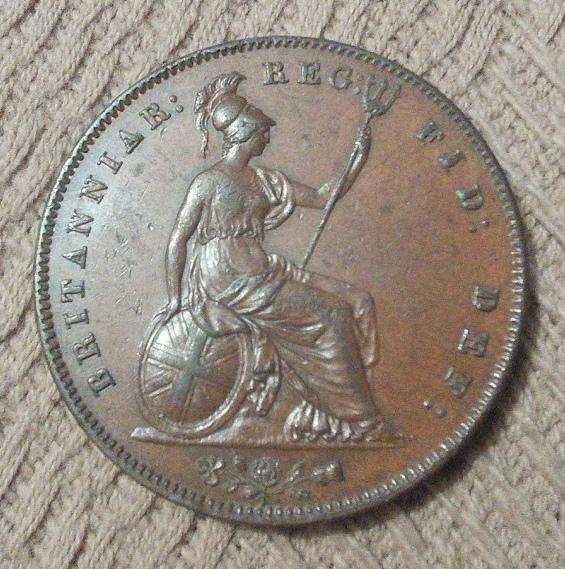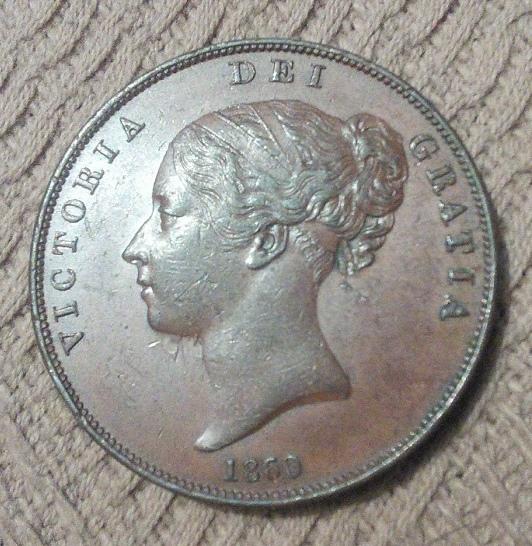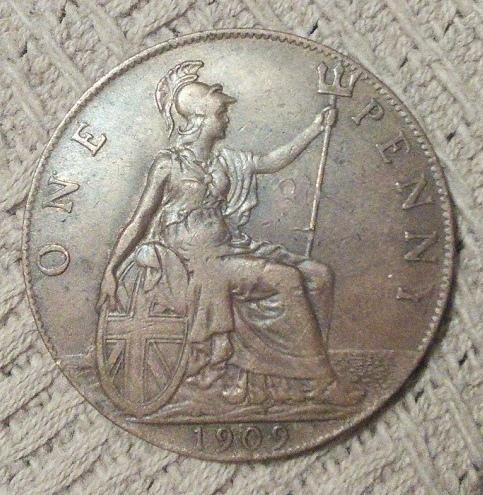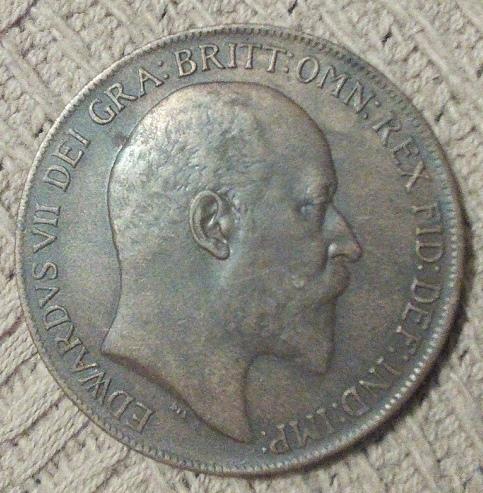-
Posts
8,081 -
Joined
-
Last visited
-
Days Won
262
Content Type
Profiles
Forums
Events
Downloads
Store
Gallery
Articles
Everything posted by 1949threepence
-
Is it the word definition itself you're querying, or the actual act of "dusting"? If I was giving the job of dusting to someone else and handing them either the official yellow duster, or some other fabric, I'd still call both a duster. Definition of Duster:- 1. a cloth or pad for dusting furniture.
-
Yes, it's a duster. You could cut up, say, an old shirt and use it as an improvised duster. The net effect would be largely the same as using a traditional yellow duster with red edges.
-
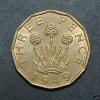
Charles Kennedy
1949threepence replied to blakeyboy's topic in Nothing whatsoever to do with coins area!
We all have flaws. Politicians are no different. Ridiculous expecting them to be saintly figures throughout their lives, as some seem to. -
Yes, it was definitely the case that he was turned down, but by George VI , not the Royal Mint - Royal Mint link
-
These organisations never seem to make it easy for the end user.
-

An unlucky metal detectorist.......
1949threepence replied to 1949threepence's topic in Free for all
The supreme irony of this is that if he'd obtained the permission of the landowner to detect on his land, "found" them that way, then declared in the prescribed manner, he'd be a wealthy man instead of a criminal. Cases like this have occurred before. Some of these detectorists never seem to learn. -
........or just plain stupid? (or both) Shane Wood made an amazing find of 933 iron age gold staters, last September and handed over most of them to the landowner. But to cut a rather long and circuitous story short, decided to keep some as a momento. Somehow - and I'm not quite sure what the mechanics or timeline were - the police became involved and they searched his house, only to find the outstanding 22 pieces (worth about £10k). As a result he got community service and the court ordered that his metal detector be destroyed. If he'd pocketed a few on the spot and handed the rest over in the correct way, he'd probably have got away with it. But he should have sought the permission of the landowner first - and that landowner will now presumably be privy to a very handsome reward. Whereas the finder gets a flea in his ear, metaphorically speaking. I can't quite see the point in destroying his metal detector, as all he has to do is go on Amazon and buy a new one. I can't help feeling a tinge of sympathy for him. He really fell unlucky with this one. link to story
-

Penny Acquisition of the week
1949threepence replied to Paulus's topic in British Coin Related Discussions & Enquiries
Looks like a Freeman 15. -
Nice one, Jerry. Neat capture.
-
Thanks Mick.
-
Although looking at Richard's rarest penny site, one did go on e bay in February this year. A very decent specimen too, as 169's go. Wish I'd seen it. I've been trying to find what it went for, but no luck.
-
Very useful info Richard. Thanks.
-
"I was wondering who'd be the first to spot that Wilson" (as Captain Mainwaring used to say)
-
I must admit, when actually comparing the two, I wasn't hit in the eye by any differences. So with regard to worn specimens, I don't think we're any further forward, and still fairly reliant on border teeth. The helmet plume differences are also very subtle. ETA: having said that, if it was one of those "spot the difference" type exercises, I would have circled the thumb. The thumb on reverse D looks slightly more emphatically pressed in, that the one on reverse E. But that wouldn't be much help on worn specimens.
-
Not that, although that may, of course, be something else we need to know about. Rather than re-typing all the words, here's a photo of the relevant part of the article - from Coin Monthly, November 1971:-
-
F.W.K.Gee was a contributor to Coin Monthly in the early days. He wrote an article on Edward VIII pennies in the October 1969 edition. Then he wrote articles on the same topic in the August, September, October, November and December 1971 editions. A five part series. They were very detailed and informative articles, Jon. No idea what the "F W K" stood for though. With regard to the F169, I've never seen one on offer except at auction. I suspect there are one or two more, but difficult to tell as the border teeth are too worn to determine whether the 1 of the date is directly over a border tooth. Funnily enough in the November article, there is an interesting piece on how to determine whether a 169 is a 169 when the border teeth are too worn to otherwise tell. Bit late tonight as I'm practically falling asleep at the keyboard. But I'll dig out that specific article tomorrow, and post the details here.
-
Absolutely Mick. It's not that rare a variety. Gee has then at 1 in every 48 of 1909 pennies. Compare and contrast with the Freeman 169, which Court estimated to be 1 in every 846 of 1909 pennies.
-
Now managed to locate an 1858 small date not over a 6 and not large rose - the daily obsessive scrolling through the 1858's, has finally paid off. I know this variety is quite rare. I took a chance with the buy, as the seller's picture did look as though there might be something between the loops on the left hand side of the 8, but it was tiny and not really like an 8/6. Minute examination under a powerful lighted loupe today, shows that it's definitely small 5 and definitely not over anything.
-
Yes, if you're on your own you can manage without a car (maybe get a pushbike, e bike, or motor bike instead). But you're spot on about a house and pension being necessary. These days both are priceless commodities. I really feel for generation rent who in many cases will always be in rented accommodation. They'll never get the capital together for a deposit. There but for the absolute grace of God.........
-

Penny Acquisition of the week
1949threepence replied to Paulus's topic in British Coin Related Discussions & Enquiries
Final piece of the jigsaw in my pre 1860 Victorian copper penny collection - an 1860/59. Quite decent specimen. Only ones to look out for now in this series, are the very expensive proofs. Unfortunately, certain other coins coming up, which I would have been very seriously interested in, now have to be put on the back burner until a further opportunity arises. I just had to have this. -
If it's the one I saw, not too clever, I'm afraid. Very worn. Poor.
-

LCN- Rare Pennies
1949threepence replied to Colin88's topic in British Coin Related Discussions & Enquiries
I stumbled across this really interesting thread quite by chance whilst looking for something else. Clearly the inverted axis 1860/59 raised suspicion as to it's authenticity. However, it might also be worth pointing out that all obverses from the 1859 and 1860 pennies have that slight extension to the right of the base serif of the T of GRATIA. Looking at the coin, that feature also appears on the inverted axis specimen. That might suggest the coin is genuine. Although why the axis should be inverted is anyone's guess. Funnily enough I do have a 2000 dated penny with an inverted axis. So it happens. -
Cheers John.
-
Meant to say I got this 1909 dot penny a few months back, and completely forgot about it. Just £4.64 off e bay. I know they're not that rare, but this one is about VF, and the price was a bargain.
- 300 replies
-
- 10
-

-
Very true.




